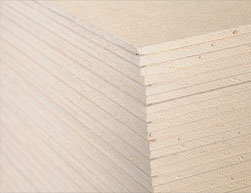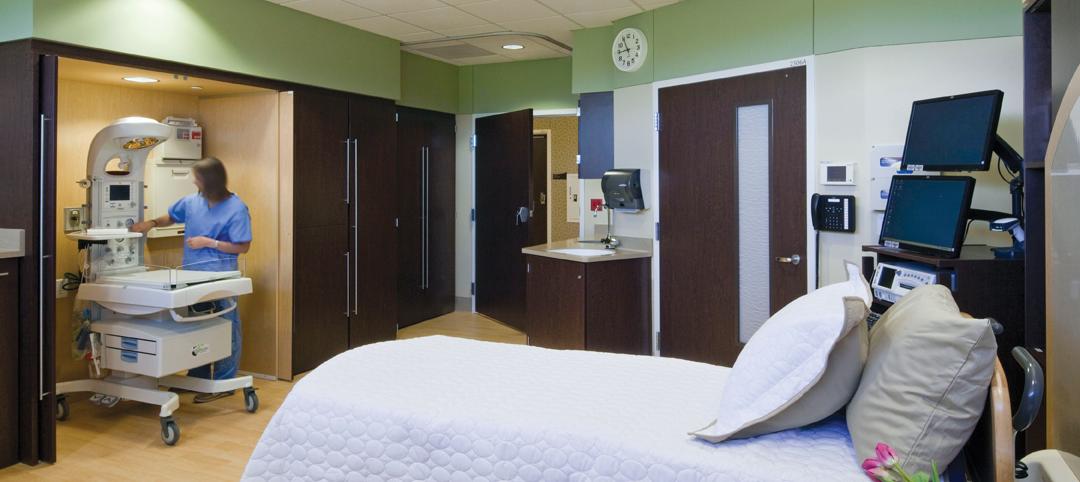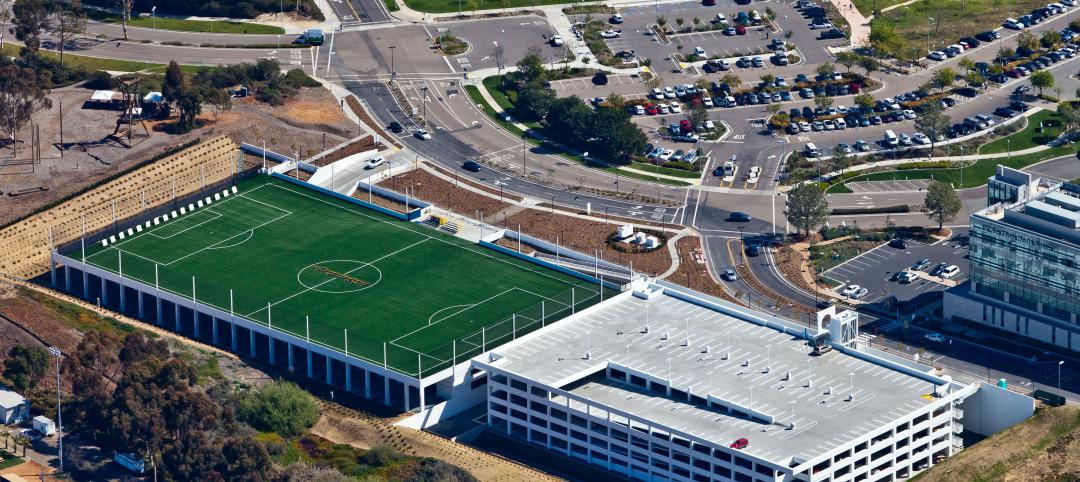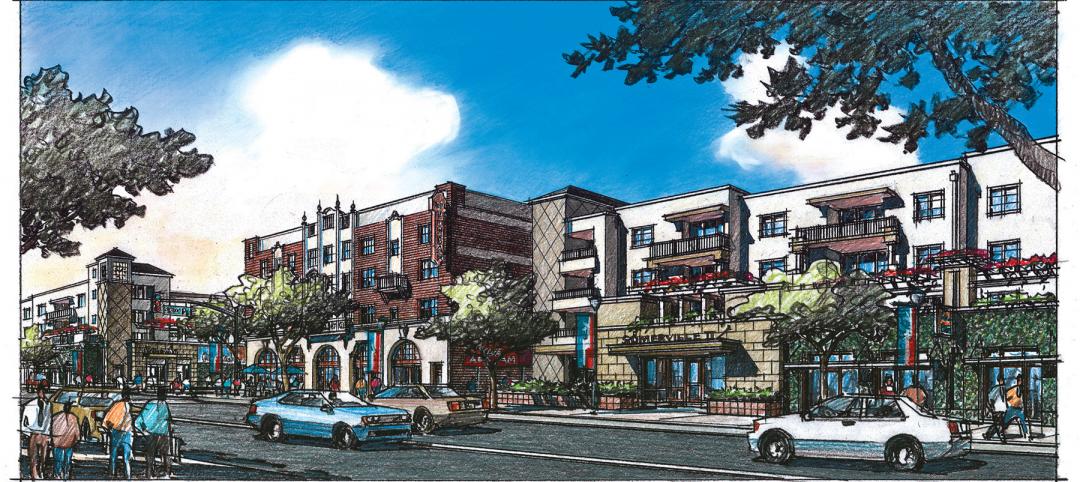2012 has ushered in a new era of building code changes, with the enhancements focused primarily on higher levels of energy efficiency. Their impact on the construction industry as a whole and the roofing industry are quite significant. Perhaps the most noteworthy are those prescribed in the 2012 International Energy Conservation Code (IECC), which calls for buildings to achieve a 30% increase in energy efficiencies over the 2006 IECC. This sixth edition of the code illustrates the growing importance of ensuring that all buildings are achieving high levels of energy efficiency in congruence with model building codes such as the IBC (International Building Code.)
According to the International Code Council (ICC), this comprehensive set of changes includes measures to improve the building envelope, HVAC systems and electrical systems of residential buildings up to three stories in height. Commercial building enhancements include required energy efficiency for windows, doors, skylights and the building envelope; and increased efficiencies for installed HVAC equipment, among others.
The new International Green Construction Code (IgCC), is an overlay code set to be published in the Spring of 2012. The IgCC is the first green building code developed in the ICC code development process. The IgCC is designed to reduce the negative impacts of the built environment on the natural environment. It was created by a broad-based committee with experts in such areas as government, business, academia, code development/enforcement, engineering and environmental advocacy.
The IgCC will go beyond traditional life/safety model codes and simulate some voluntary program requirements for commercial buildings to provide both safe and sustainable buildings. Thus, it will be used to incorporate sustainable practices within existing building codes at the state and/or jurisdictional level.
Of interest to the roofing industry are a number of provisions in the energy code. The IECC calls for the increase of insulation for low-slope roofs with above-deck insulation. This is important as insulation plays an important role in reducing a building’s energy use. The code’s prescriptive R-value and U-value requirements for above deck insulation by climate zone are simple and straightforward. (R-value is the measure of thermal resistance used in the building; U-value is measure of the rate of non-solar heat loss or gain (flow) through a material or assembly.)
The 2012 IECC code language also details solar reflectance and thermal emittance requirements and options for low sloped roofs in southern climate zones in addition to the minimum thermal resistance (in both R-value and U-value) of the insulating material required in roof assemblies.
Also making news later this year is the anticipated release of LEED 2012, the next version of the LEED rating systems. The 2012 version is still in draft, but indications are it will favor a more holistic and life cycle approach for products installed in LEED certified buildings and assemblies; and will reward transparency for sustainable manufacturing, socially responsible raw materials sourcing, and use of products with low VOC (volatile organic compounds) emissions.
While a detailed review of LEED 2012, IECC and IgCC are beyond the scope of this article, these new or revised codes and programs reveal the shift towards increased energy efficiency and environmental awareness not seen in previous versions of code. These objectives reinforce the overall importance of high-performance roofing systems as part of the building envelope. Now more than ever, a well-insulated and well protected roof is critical in new or renovated commercial buildings.
Beyond the pragmatic need to maximize energy efficiencies, code and program language is defining a roof’s emerging new role. Commercial roofs have become multi-use platforms that house a myriad of renewable energy systems and environmental features, such as photovoltaic (PV) and vegetative roofs.
These emerging assemblies, while enhancing the environmental and energy performance of a building, have added considerably to the foot traffic of the modern commercial roof. By definition, the very function of a roof is to protect the building and its contents. When additional equipment, PV panels or vegetation are installed and need to be maintained, it means more frequent foot traffic overall. These types of roof assemblies will bear a more taxing load that could stress the roofing systems beyond their normal capabilities. Add to that the economic risk that leaks, cracks and other damages could impart, and the value and importance of sustainable, durable and high-performing roofs grows exponentially.
As the new and revised codes prescribe, roofing systems are more complex and require more protective measures to increase its durability. The right premium cover board will help maintain the strength, durability and energy performance of a roofing system, allowing it to perform better, last longer, protect the building owner’s investment and support the tenants’ daily needs. Cover boards just take on added importance, given the added costs and complexity of the systems they protect and the potential consequences of a failure.
While a number of roof cover board materials are available to contractors, fiberglass-mat gypsum roofing boards, such as DensDeck Roof Boards for example, have proven to be effective. For more than 25 years, DensDeck panels have been shown to withstand delamination, deterioration, warping, and job site damage better than paper-faced gypsum board or other conventional roofing products, such as wood fiberboard and perlite.
Whatever roofing system you choose, be certain to select a durable cover board to protect the insulation needed for energy code and building program roof assembly R-values. While the prescriptive R-values vary by climate zone, every code or program requires some level of continuous insulation above the deck. The greater the insulation, the more roof protection makes sense. BD+C
Related Stories
| Mar 1, 2012
7 keys to ‘Highest value, lowest cost’ for healthcare construction
The healthcare design and construction picture has been muddied by uncertainty over the new healthcare law. Hospital systems are in a bind, not knowing what levels of reimbursement to expect. Building Teams serving this sector will have to work even harder to meet growing client demands.
| Mar 1, 2012
Cornell shortlists six architectural firms for first building on tech campus
Each of the firms will be asked to assemble a team of consultants and prepare for an interview to discuss their team’s capabilities to successfully design the university’s project.
| Mar 1, 2012
Aragon Construction completes 67,000-sf build-out in NYC
Aragon constructed the space in partnership with Milo Kleinberg Design Associates, (MKDA) and the Craven Corp. as the owner’s representative.
| Mar 1, 2012
Bomel completes design-build parking complex at U.C. San Diego
The $24-million facility, which fits into a canyon setting on the university’s East Campus, includes 1,200 stalls in two adjoining garages and a soccer field on a top level.
| Mar 1, 2012
Eidco Construction bolsters Chicago office
Eldco hires Peterson and Vivoda as senior project managers.
| Mar 1, 2012
Reconstruction of L.A.’s Dunbar Hotel underway
Withee Malcolm Architects’ designs for the project include the complete renovation of the Dunbar Hotel and the Somerville Apartments I and II.
| Feb 29, 2012
C.W. Driver opens new office, appoints Castillo regional SVP
Castillo will oversee projects with new and existing clients in northern California within the areas of education, healthcare/biomedical, public sector, military contracting, entertainment, retail, corporate and hospitality.
| Feb 29, 2012
Report says BIPV glass market to reach $6.4 billion by 2016
The report analyzes the opportunities for BIPV glass products using c-Si, thin-film and OPV/DSC materials and provides eight-year forecasts in terms of MW and square footage shipped as well as forecasts of revenue generated.
| Feb 29, 2012
Construction begins on Keller Army Community Hospital addition
The 51,000 square foot addition will become the home for optometry, ophthalmology, physical therapy, and orthopedics clinics, as well as provide TRICARE office space.
| Feb 29, 2012
Carvalho appointed Shawmut Safety Director
He has been a driving force behind multiple safety-orientated initiatives at Shawmut, including Safety Week, the creation of an online safety manual, and the implementation of a new safety reporting and tracking system.

















